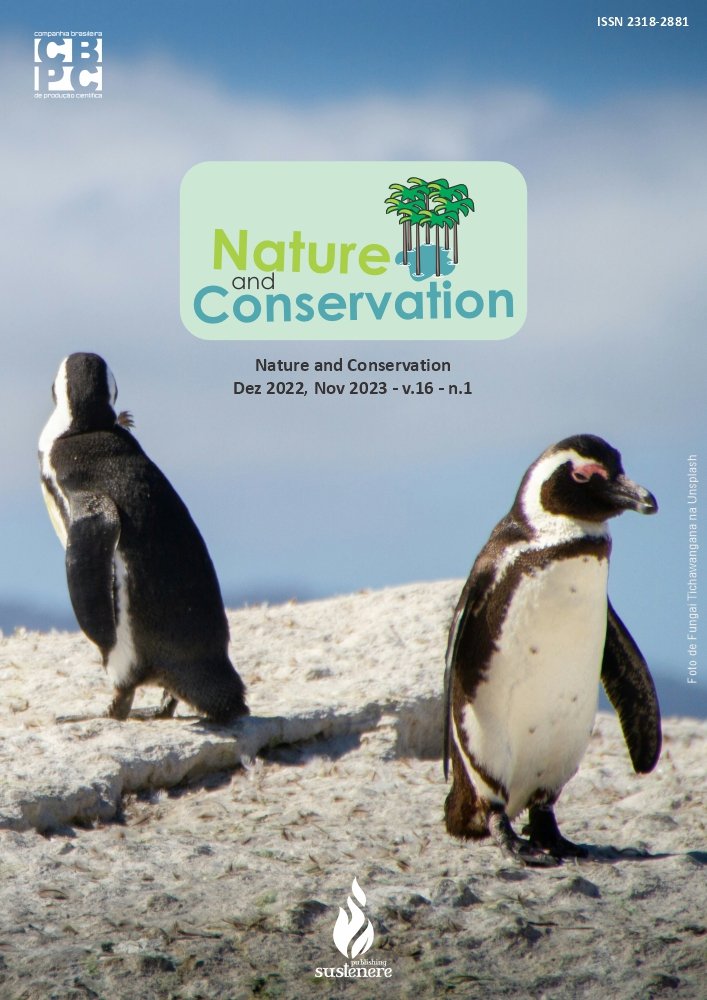Phosphate adsorption in highly absorbent clay minerals soils in Southwest Brazilian Amazon
DOI:
https://doi.org/10.6008/CBPC2179-6858.2022.008.0001Keywords:
Langmuir isotherm equation, Tropical soils, Soil acidity, Maximum adsorption capacityAbstract
This study assessed the phosphate fixation capacity in soils from different parental materials. We evaluated soils from five environments in southwest Brazilian Amazon for phosphate adsorption and desorption. Soil samples of 2.5 g, in replicates, were equilibrated with 25 mL of 0.01 mol L-1 CaCl2 solution containing 0, 10, 20, 40, 80, 120, 160, 200, 260, and 320 mg L-1 of P. After shaking for 24 h, the P content in the equilibrium solution was determined and the P amount adsorbed was calculated by difference. The Langmuir equation determined the maximum phosphate adsorption capacity and binding energy. The same samples were desorbed by adding 25 mL of 0.01 mol L-¹ CaCl2 to the samples and shaking for 24 h in the same adsorption process. The presence of highly absorbent clay silicates favored phosphate adsorption in an acidic environment. The adsorption process was associated to reactive sites represented by hydroxy-Al interlayered smectites and illites in dissolution, which react with phosphate anions, in adsorption reactions and, or, chemical precipitation. The maximum phosphate adsorption capacity and binding energy occur at higher rates than those in soils with minerals from Fe and Al oxides.
Downloads
Downloads
Published
Issue
Section
License
Copyright (c) 2023 Ibero-American Journal of Environmental Sciences

This work is licensed under a Creative Commons Attribution-NonCommercial-NoDerivatives 4.0 International License.
The CBPC - Companhia Brasileira de Produção Científica (Brazil CNPJ: 11.221.422/0001-03) the material rights of the published works. The rights relate to the publication of the work anywhere in the world, including rights to renewals, expansions and dissemination of the contribution, as well as other subsidiary rights. All electronically published works may subsequently be published in printed collections under the coordination of this company and / or its partners. The authors preserve the copyright, but are not allowed to publish the contribution in another medium, printed or digital, in Portuguese or in translation.









